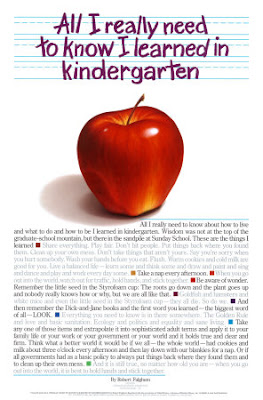Concepts Before Procedures, you're in the clear?
December 5, 2016 I have a 6.5 year old son who loves to rattle off math facts. Jo Boaler talks about how she never memorized math facts. I have to believe her, but I just can't wrap my head around it. We are still working on concepts, but his school values facts/procedures/memorization. Now, not only do I agree that these facts have a place, I have a hard time imagining life without them. Driving home tonight (after day 1 of Robert Kaplinsky's 1st Grassroots Workshop...fantastic!) my son rattles off his newest memorization, "10 times 10 is 100! I know multiplication!" Clearly he has been hanging out with his 3rd grade buddy. So being the math nerd/teacher that I am, I asked, "Why"? "Because Gavin said so." "Well what IS multiplication?" I have a lot of practice questioning this kid :) "I
